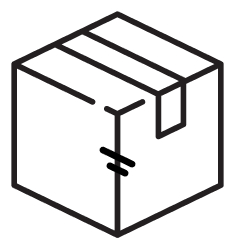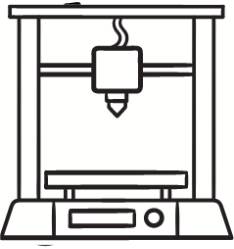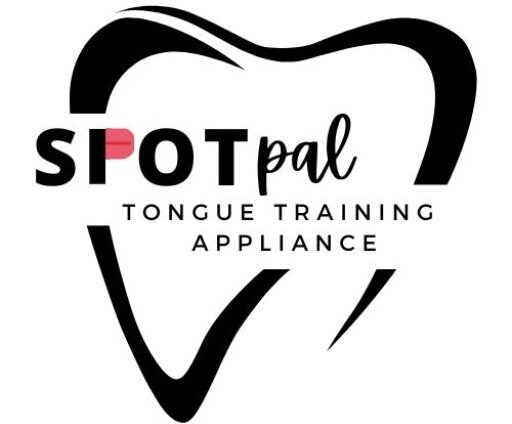How It Works



Get Your
Impression Kit
Receive your easy to use home impression kit with step by step directions to follow and return labeling. If preferred, a 3D scan can be done with your dental provider or at a Spot Pal scan site.
RETURN YOUR
IMPRESSION KIT
After you complete your impression, package your impression and use the return label to send your impression back to us. If submitting a scan, go to the Spot Pal website
YOUR CUSTOM FIT SPOT PAL IS DESIGNED
Based on the impression, or 3D scan image, your custom fit Spot Pal appliance is made to fit your exact individual needs.
YOUR SPOT PAL IS SHIPPED DIRECTLY TO YOU
Receive your custom fit Spot Pal appliance in the mail along with a tongue training exercise program and become a part of the most advanced tongue training platform on the planet and begin seeing positive results. Remember, don’t skip tongue day!
How is The Spot Pal™ Made?
Step 1

Step 2
Clear retainer is printed using 3D printing technology
Step 3
Insert the appliance to your upper 6 teeth.

*Spot Pal Disclaimer: Spot Pal device is intended to complement a myofunctional therapy program and is not intended to take the place of direct intervention. The Spot Pal is meant to support the success of orthodontic treatment and maximize retention post orthodontic care. Spot Pal can be used in conjunction with palatal expansion and post braces pending provider approval; however cannot be utilized while wearing braces or in conjunction with another habit breaking appliance.
Benefits of Spot Pal
- The Spot Dot acts as a tactile cue for where the tongue tip should rest, while the tongue spikes deter the tongue from resting on the teeth
- Maximizes the space in the airway by keeping the tongue from encroaching the airway space and positioning the tongue in the correct resting posture up in the palate
- Supports the tongue’s ability to rest in the hard palate which allows the hard palate to shape to the width of the tongue, supporting proper palatal shape and arch
- Improves articulatory precision of many lingual alveolar and lingual palatal sounds by supporting proper lingual placement. These sounds include: s, z, t, d, l, n, sh, ch, j
- Supports the habituation of a closed mouth posture for nasal breathing
- Supports proper oral resting posture to encourage nasal breathing
- Maximizes and conditions breathing through the nose.
-
One of the major benefits of proper tongue placement is it supports nasal breathing. Nasal breathing allows for you to breathe in filtered, humidified air. Proper nasal breathing is optimal compared to mouth breathing and essential for an individual’s health and development. Evidence and research demonstrates nasal breathing has an extensive amount of health benefits including: filters allergens and dust, increases air flow and oxygen intake, humidifies the air being breathed, habituates a closed mouth posture, supports the development of orofacial muscles, and helps to limit the buildup of plaque, gingivitis, gum recession and cavities.
- Eliminates the tongue’s ability to sit against the teeth at rest
- Supports the appropriate tongue resting posture to eliminate the tongue’s pressure against the dentition
- By establishing proper oral resting posture one may experience…
- Reduction in teeth grinding
- Reduction in teeth clenching
- Proper tongue resting position optimizes the airway, which supports more restful sleep
- Improper, low resting position of the tongue during sleep can cause the airway to narrow which can then result in sleep disordered breathing.
- Trains the tongue tip where to rest by placing the tongue tip on the tactile cue
- Encourages the blade of tongue contact to the palate by supporting the tongue tip’s resting posture
- Promotes neuromuscular re education for proper lingual resting posture
- Supports keeping the tongue off the teeth at rest
- Eliminate the tongue’s ability to sit against the teeth at rest
- Eliminates the tongue tip’s ability to push against the teeth when swallowing
- Eliminates the underside of the tongue’s ability to push against the teeth when swallowing
- Eliminates the tongue tip’s ability to push against the teeth when speaking
- Limits the opportunity of the tongue to sit in any space created by a malocclusion
- Deters sucking habits such as thumb, finger, and/or tongue sucking as well as nail biting and teeth grinding


Follow our exercise program right from your mobile device

lingual resting posture


The Spot Dot
The Spot Dot

